Right: ONN computing paradigm configured for pattern recognition.
Below: Simplified representation of an energy landscape for
(A) a global interpretation, and
(B) an interpretation in the case of pattern recognition.
Can we compute in memory with oscillators?

Memory and processing are entirely separate entities in the classical computing paradigm. Researchers in the NeurONN project are now working to develop a novel computing paradigm inspired by the human brain, which could lead to dramatic energy efficiency improvements and open up new possibilities in dealing with complex problems, as Prof. Aida Todri-Sanial explains.
The memory and processing units in modern computers are typically separate entities, so data needs to be fetched from the memory unit before it can be processed, which limits performance and energy efficiency. By contrast memory and computing are entangled in the human brain, in a unified neural network that can both store data and process it, which has inspired research into novel computing architectures. “Rather than having separate units, could we bring processing and memory together? Can we compute in memory?” asks Aida Todri-Sanial, a Professor in the Integrated Circuits Group at the Technical University of Eindhoven. This is an idea Prof. Todri-Sanial is exploring as part of her work in the EUbacked NeurONN project, in which she and her colleagues are developing oscillatory neural networks (ONN), inspired by the human brain. “Oscillators can emulate the

behaviour of neurons, which oscillate in time. We also know from neuroscience that when neurons synchronize in the frequency we can exploit the phase difference to store information,” she outlines.

NeurONN project
Researchers in the NeurONN project are now looking to apply these ideas in the development of an electronic system designed to mimic the human brain. In the NeurONN architecture, neurons - which send and receive chemical signals in the human brain - are represented by a vanadium dioxide (VO2) device, which Prof. Todri-Sanial says exhibits phase change behaviour. “This means that the device changes between insulating and metallic behaviour, so between high and low resistance states. These different states of resistance to an external capacitor makes the device oscillate. This is our main
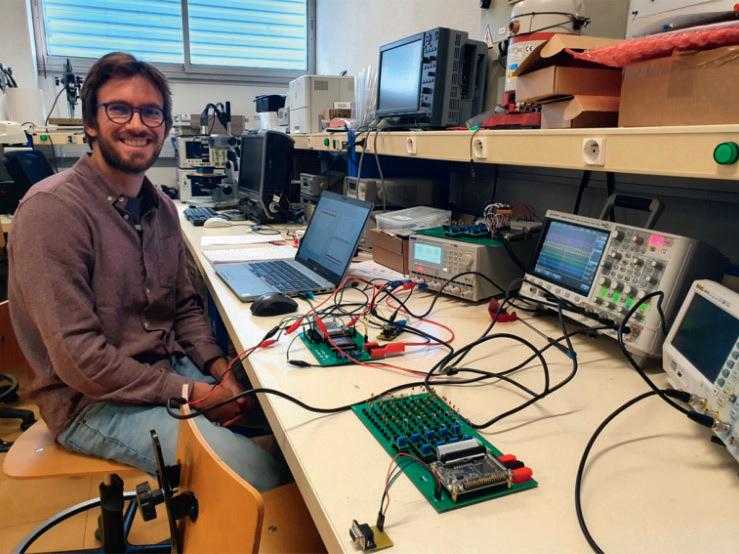
oscillatory device for emulating neuron behaviour,” she explains. Memory is created through the coupling and synchronization of neurons; Prof. Todri-Sanial draws an analogy here with what happens when random metronomes start ticking. “Metronomes start randomly, but after some time they become coherent, they come to be in sync with each other. Similar behaviour has been observed in biological neural networks by neuroscientists working on memory creation. This is what we are trying to emulate with our coupled ONN architecture,” she says.
The role of synapses, which essentially act as the communication channel between neurons in the human brain, is performed by 2-dimensional memristors in the ONN architecture developed in the project. These memristors must be able to modulate the impedance, essentially the resistance to the current, between the devices. “Sometimes
you want very low resistance, sometimes you want high resistance, and sometimes you want somewhere in between. We have been developing memristors using molybdenum disulfide (MoS2) to couple neurons,” continues Prof. Todri-Sanial. MoS2 is a transition metal dichalcogenide, an atom-thin, 2-dimensional layered material, with properties that allow researchers to modulate impedance. “We have been able to achieve synaptic coupling between the VO2 oscillators, so it’s now possible to modulate the oscillators, to essentially change the dynamics between them,” outlines Prof. Todri-Sanial. “Sometimes they are weakly coupled, while at other times they are strongly coupled. This kind of modulation changes the phase dynamics between oscillators.” This approach represents a marked shift from the conventional computing paradigm, in which the amplitude of signals is a key
consideration, towards a focus on their phase differences. This means looking at the phase relationship of signals, at whether they are in or out of phase for example, an approach which is called phase-based computing. “In classical computing, information is encoded in digital bits, represented by 0 and 1. Now, instead of 0 and 1, they can be represented by phase differences. We can encode a lot
more information in these phase differences,” says Prof. Todri-Sanial. The phase-based computing paradigm also promises to be significantly more energy efficient than classical computing, which is an important consideration in the project. Alongside the technical work in developing the NeurONN paradigm, Dr Todri-Sanial and her colleagues in the project have kept a close eye on its energy efficiency performance. “We conducted a very thorough comparison and benchmarking of our ONN paradigm versus what currently exists in neuromorphic computing ,,” she says.
Potential applications
Researchers have been able to show that the project’s ONN performs very well in terms of energy efficiency , which is an important issue with respect to potential future applications. One possible application is in image processing. “You can use non-linear dynamics of coupled oscillators to perform associative memory and image processing such as pattern recognition. This makes ONN interesting for edge AI applications,” says Prof. Todri-Sanial. Some of the applications developed include real-time pattern recognition and object detection, while Prof. Todri-Sanial and her team are also interested in exploiting ONNs to solve a currently intractable class of problems in computer science called the NP-hard problems. “There are 21 NP-hard problems that are particularly difficult to solve using the classical computing paradigm,” she says. “We are trying to solve some of them - we have started to look into max-cut, traveling salesman, and vertex colouring problems. This has also been a rewarding path to explore, to provide an
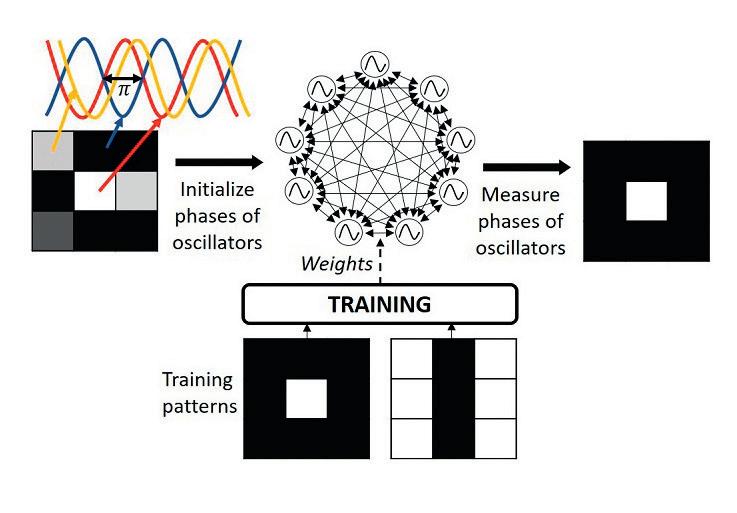
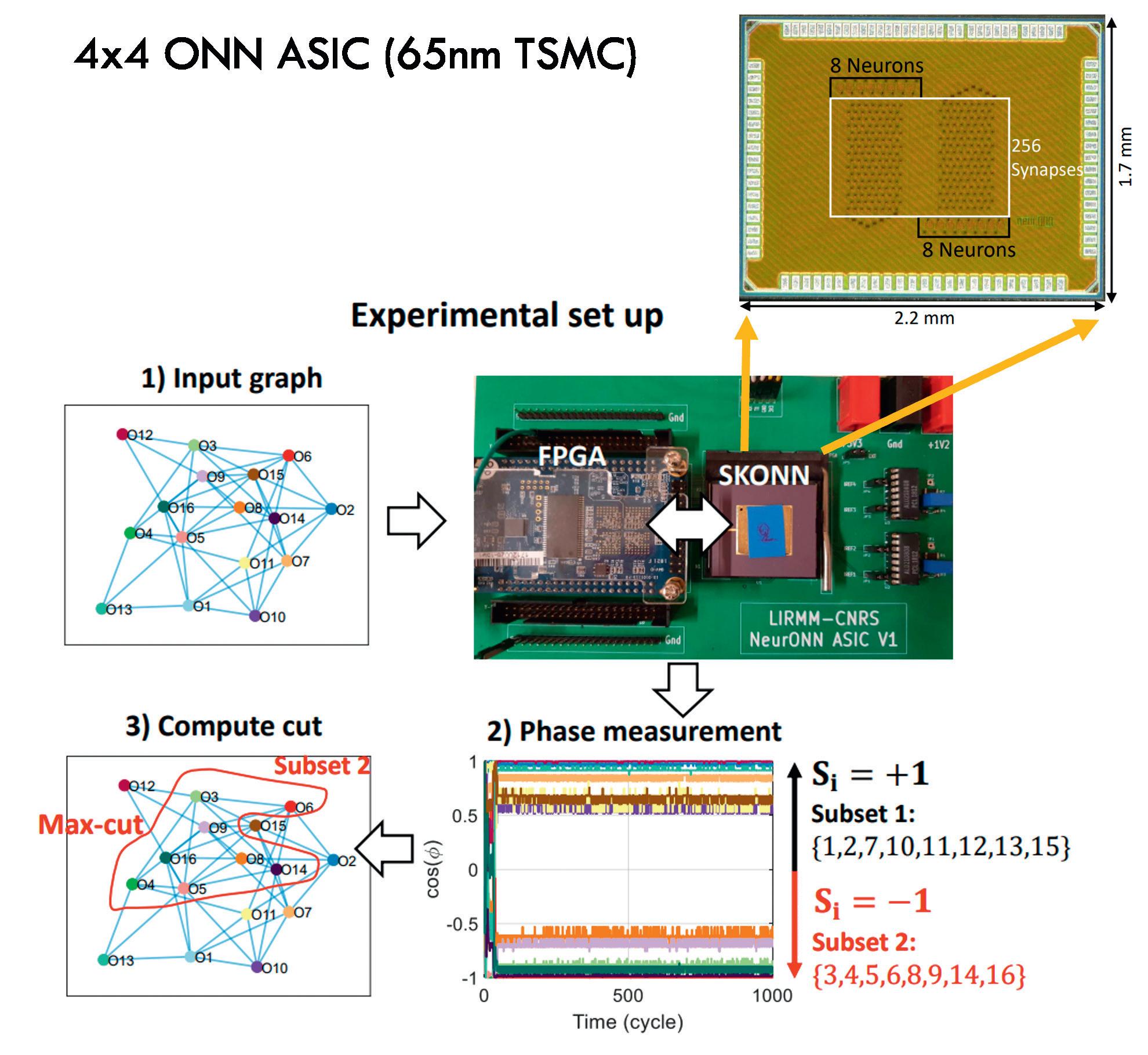
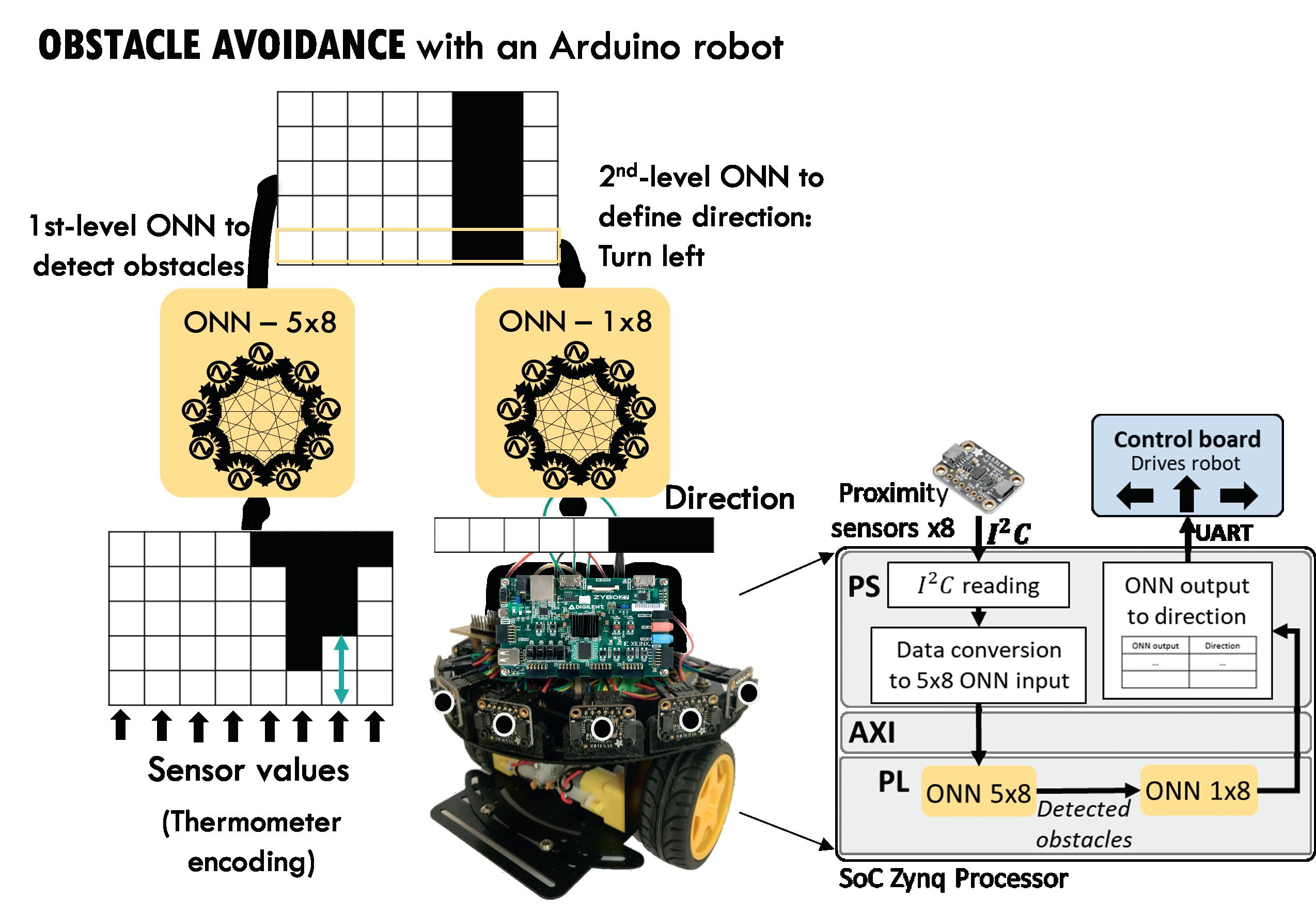
NeurONN
Two-Dimensional Oscillatory Neural Networks for Energy Efficient
Neuromorphic Computing | 2020 - 2023
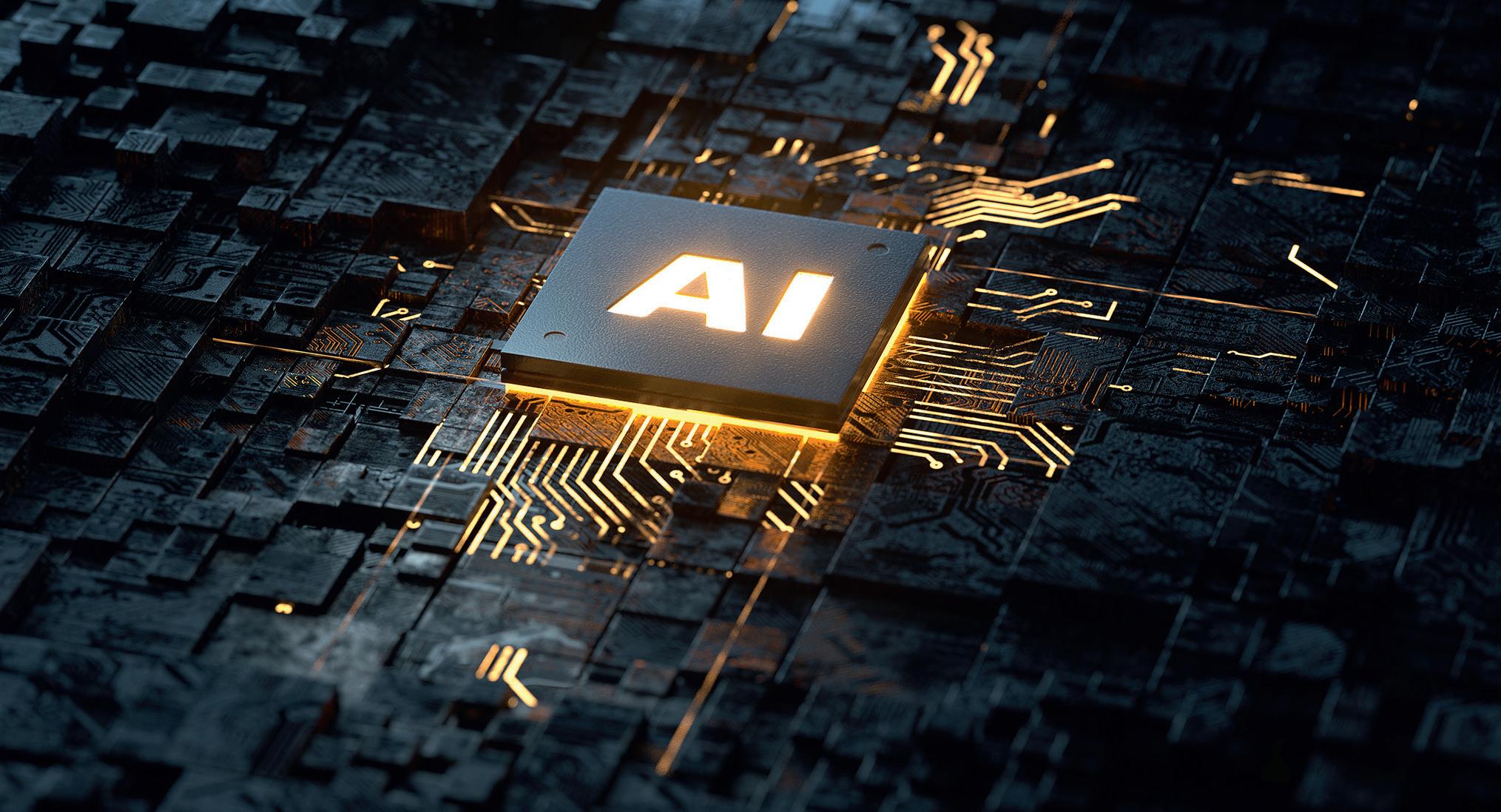
Project Objectives
The NeurONN project aims to develop a new computing architecture inspired by the human brain, capable of dealing with problems in the AI field. The project brings together six partners from across Europe to develop a novel neuromorphic computing paradigm, which promises to be significantly more energy efficient than existing architectures.
Project Funding
This project has received funding from the European Union’s Horizon 2020 research and innovation programme under grant agreement No 871501.


Project Partners
https://www.neuronn.eu/partners/
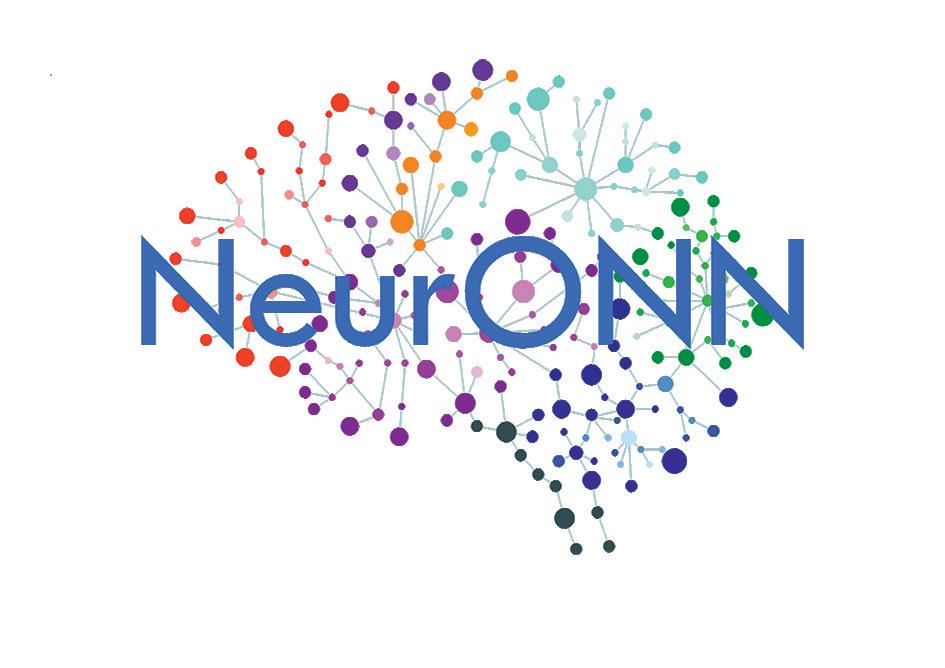
Contact Details
Project Coordinator, Prof. Aida Todri-Sanial Department of Electrical Engineering

P.O. Box 513 5600 MB Eindhoven
Netherlands
E: a.todri.sanial@tue.nl
W: https://www.neuronn.eu
W: https://aida-todri-sanial.com
W: https://www.tue.nl/en/research/ researchers/aida-todri-sanial/
https://ieeexplore.ieee.org/abstract/ document/10026654

https://hal.science/hal-03961010
https://phastrac.eu
alternative computing paradigm for these NP-hard problems.”
A number of learning algorithms have also been developed in the project, with the partners working to improve and refine the technology, looking to bring it closer to potential users. The ONNs have been deployed for very specific functions on a monitoring robot developed by project partner AI Mergence for example. “We utilised ONNs for obstacle avoidance, and also edge detection,” outlines Prof TodriSanial. As the project nears the conclusion of its funding term, researchers are still
The project team are also exploring the wider potential of their work, with researchers looking at possible applications in areas like autonomous vehicles and robotics. While NeurONN is set to finish in the Summer of 2023, a follow-up project called PHASTRAC has been established, in which Prof TodriSanial and her colleagues hope to build on the strong foundations that have been established. “We’re working with an industrial partner to see if some of these AI algorithms can be run in autonomous vehicles using ONNbased computing,” she outlines. If and when autonomous vehicles make it on to the roads
Aida Todri-Sanial is a Full Professor in the Electrical Engineering Department at Eindhoven University of Technology, Netherlands and Director of Research for the French National Council of Scientific Research (CNRS). Her research interests focus on emerging technologies and novel computing paradigms such as neuromorphic and quantum computing.
working to improve the technology and demonstrate its capabilities. “We hope to finalise a demonstrator, which involves the co-integration of the VO2 and MoS2 devices. We’re also looking to explore other types of memristor devices, as we’ve faced some challenges with MoS2,” says Prof Todri-Sanial. “We’re looking to implement ONN with VO2 devices, but to re-think these memristors, as the connection between them is a bottleneck in terms of implementation.”
more widely, rapid decision-making based on dynamical data will be required , and Prof. Todri-Sanial believes ONNs could be wellsuited to the task. “You clearly can’t afford to have a data centre with you in your car, so you would really want energy-efficient computing in the vehicle,” she points out. “That’s something we would like to explore with our partner and see how far we can take ONNs. Maybe they can be relevant for some of these applications in autonomous vehicles.”
Rather than having separate memory and processing units in a computer, can we bring them together? Can we compute in memory?
